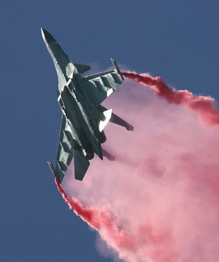Meteorites terrorizing Earth
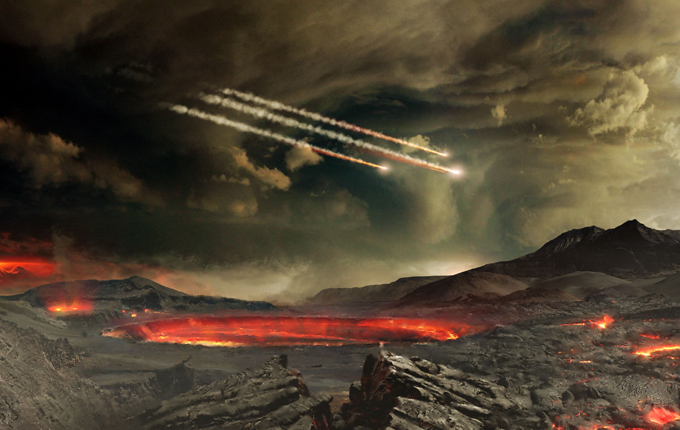
The first incident of the fall of a meteorite on earth was registered in the late XVIII century.
The first incident of the fall of a meteorite on earth was registered in the late XVIII century.
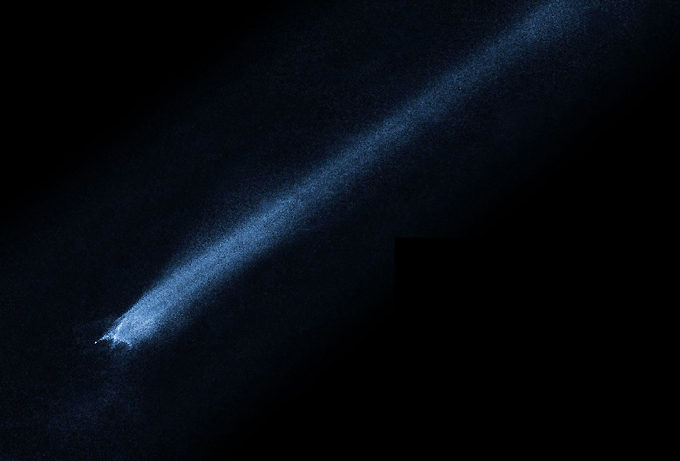
The first officially recorded meteorite impact was reported in 1790. It was documented on paper 13 years later, when the Paris Academy of Sciences had to officially admit the collision with a celestial body.
The first officially recorded meteorite impact was reported in 1790. It was documented on paper 13 years later, when the Paris Academy of Sciences had to officially admit the collision with a celestial body.
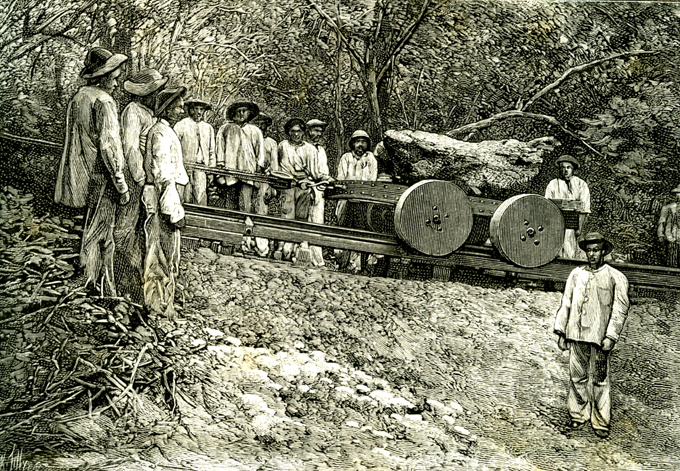
A large fireball exploded above the Atlantic and fell near the Brazilian shores. The power of the explosion was equal to 13 kilotons of TNT as opposed to 500 kilotons of the Chelyabinsk meteorite. The Atlantic meteorite was left unnoticed as it had burnt at an altitude of 30,000 meters above the ground.
A large fireball exploded above the Atlantic and fell near the Brazilian shores. The power of the explosion was equal to 13 kilotons of TNT as opposed to 500 kilotons of the Chelyabinsk meteorite. The Atlantic meteorite was left unnoticed as it had burnt at an altitude of 30,000 meters above the ground.
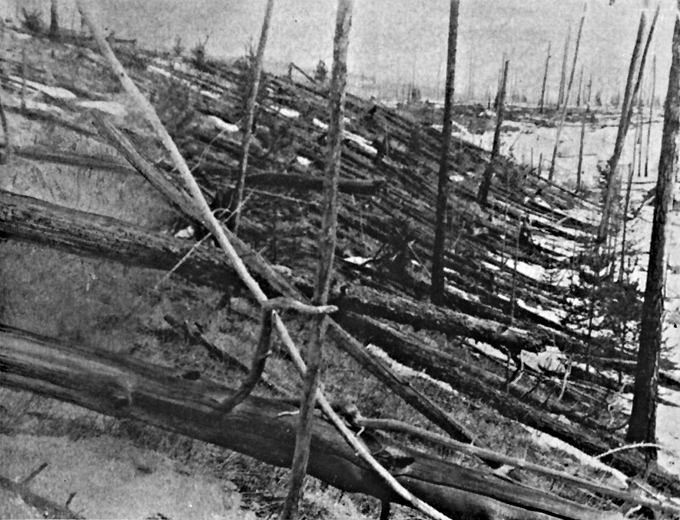
The world's most famous Tunguska meteorite exploded above Siberia 108 years ago. The epxlosion of 40 megatons fell trees on the territory of over 2,000 square kilometers
The world's most famous Tunguska meteorite exploded above Siberia 108 years ago. The epxlosion of 40 megatons fell trees on the territory of over 2,000 square kilometers
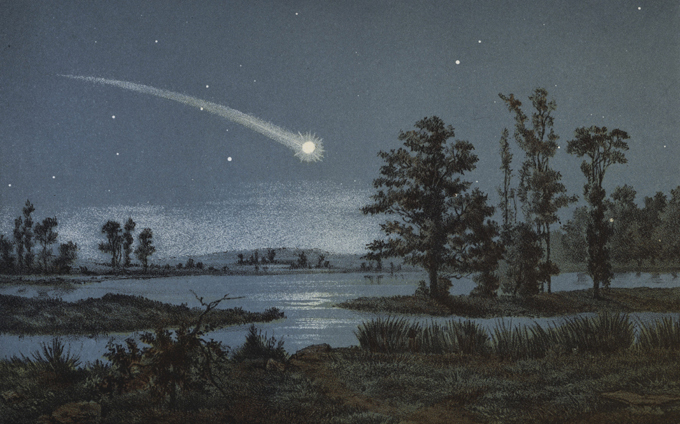
A meteor shower occurred in the fall of 1833 above the USA. The night spectacle continued for nine hours.
A meteor shower occurred in the fall of 1833 above the USA. The night spectacle continued for nine hours.
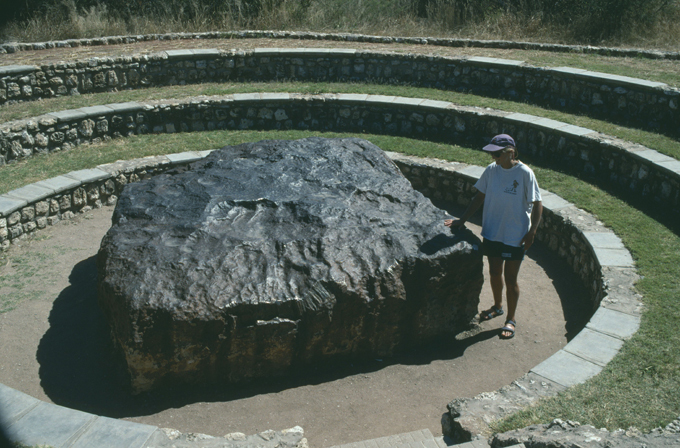
The largest of the meteorites that planet Earth had to deal with weighs over 60 tons and is three meters in diameter. The celestial body fell on Earth on the territory of present-day Namibia 80,000 years ago. It is known as the Hoba Meteorite
The largest of the meteorites that planet Earth had to deal with weighs over 60 tons and is three meters in diameter. The celestial body fell on Earth on the territory of present-day Namibia 80,000 years ago. It is known as the Hoba Meteorite

The Chelyabinsk meteorite is the second largest meteorite that mankind has seen so far after the Tunguska meteorite.
The Chelyabinsk meteorite is the second largest meteorite that mankind has seen so far after the Tunguska meteorite.
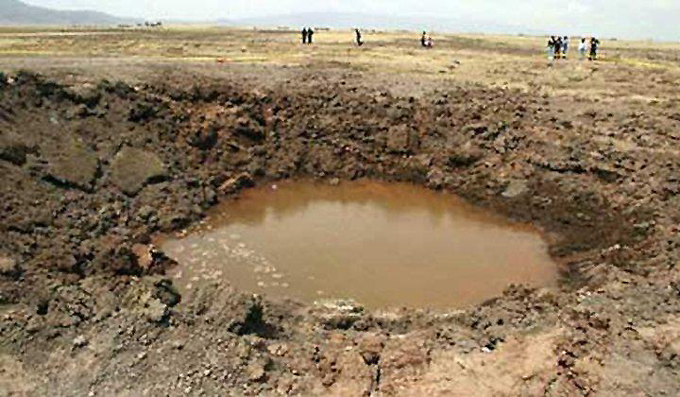
A creater after a meteor shower in China. The largest of the found objects weighed 12.6 kilos
A creater after a meteor shower in China. The largest of the found objects weighed 12.6 kilos
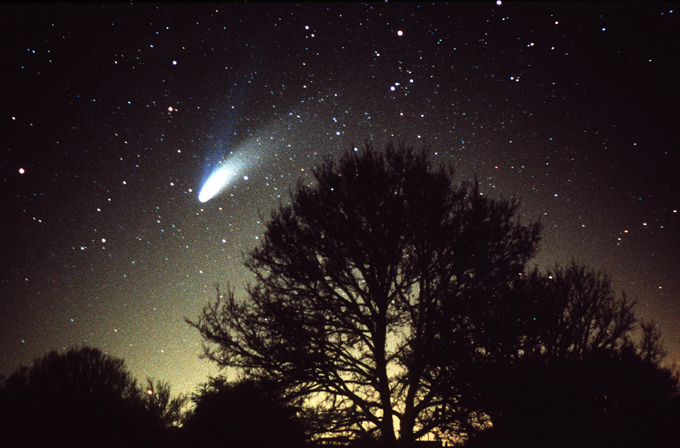
Крупнейший и наиболее изученный из метеоритов - Альенде. Пятитонная глыба врезалась в землю неподалеку от мексиканского Чиуауа ночью 8 февраля 1969 года. В метеорите был обнаружен ранее неизвестный минерал, названный пангитом.
Крупнейший и наиболее изученный из метеоритов - Альенде. Пятитонная глыба врезалась в землю неподалеку от мексиканского Чиуауа ночью 8 февраля 1969 года. В метеорите был обнаружен ранее неизвестный минерал, названный пангитом.


